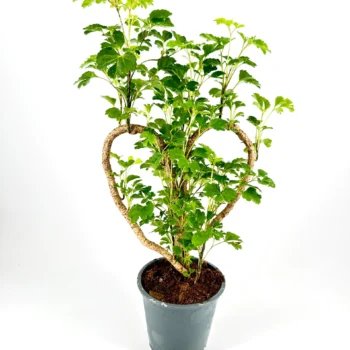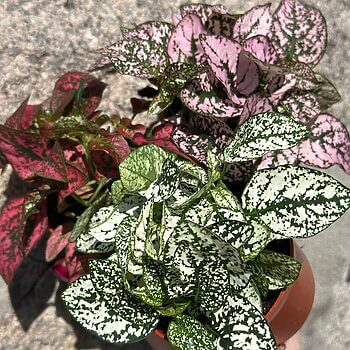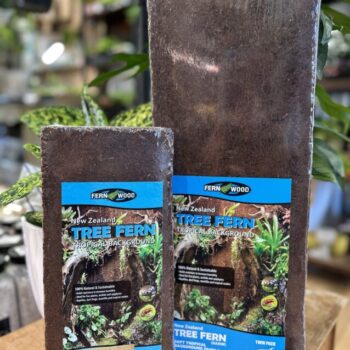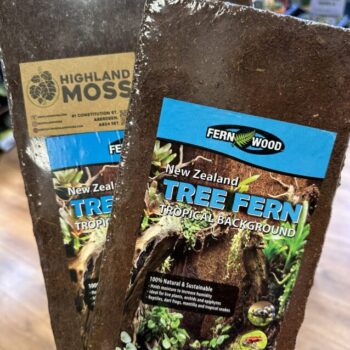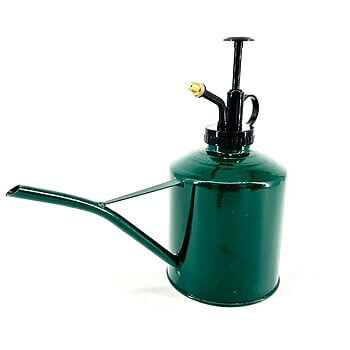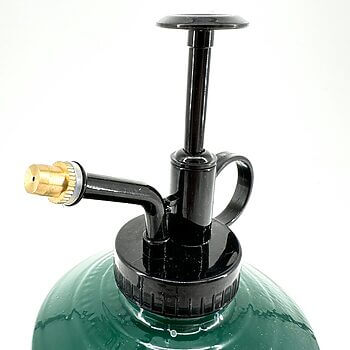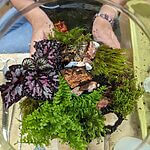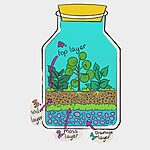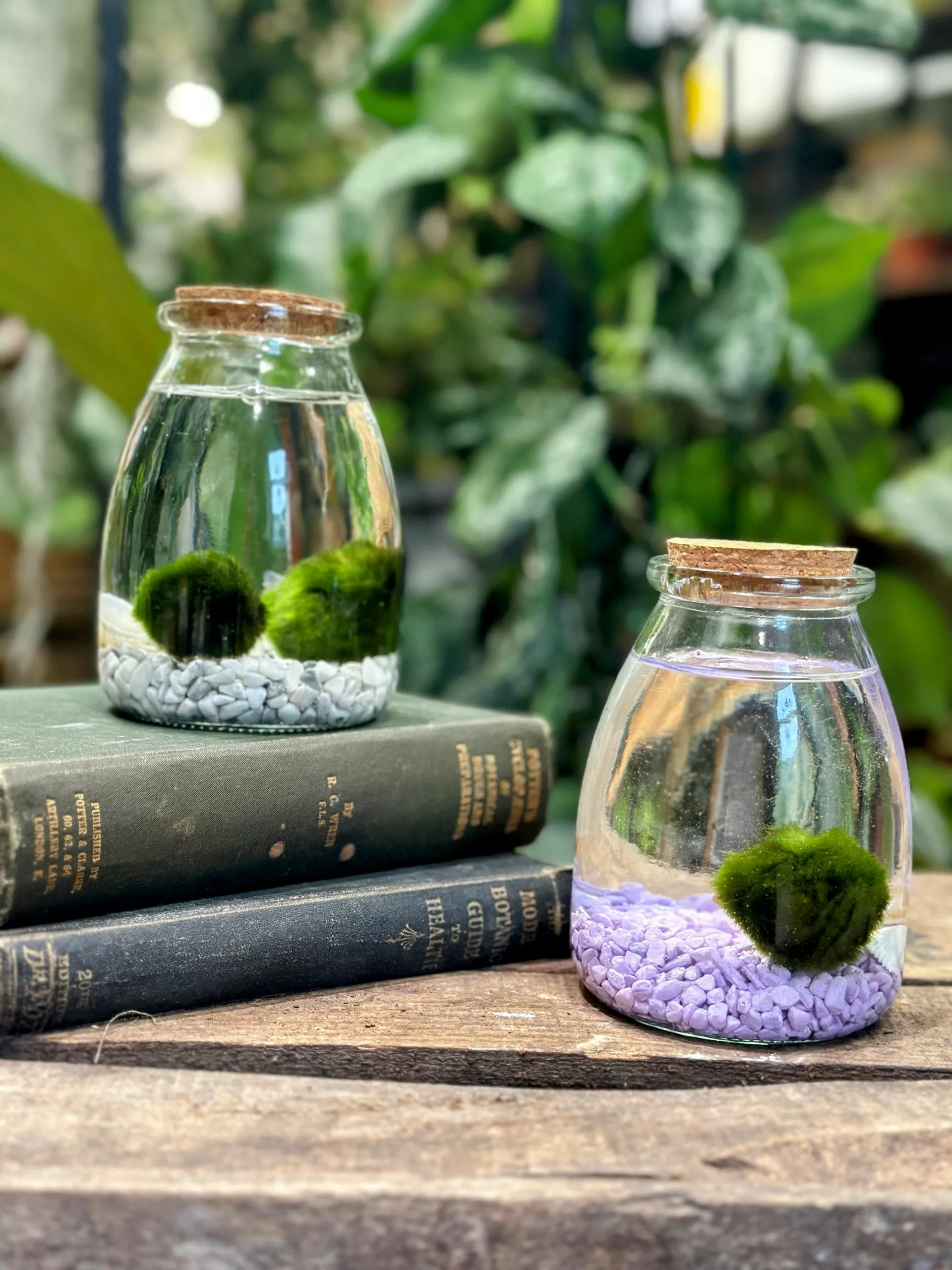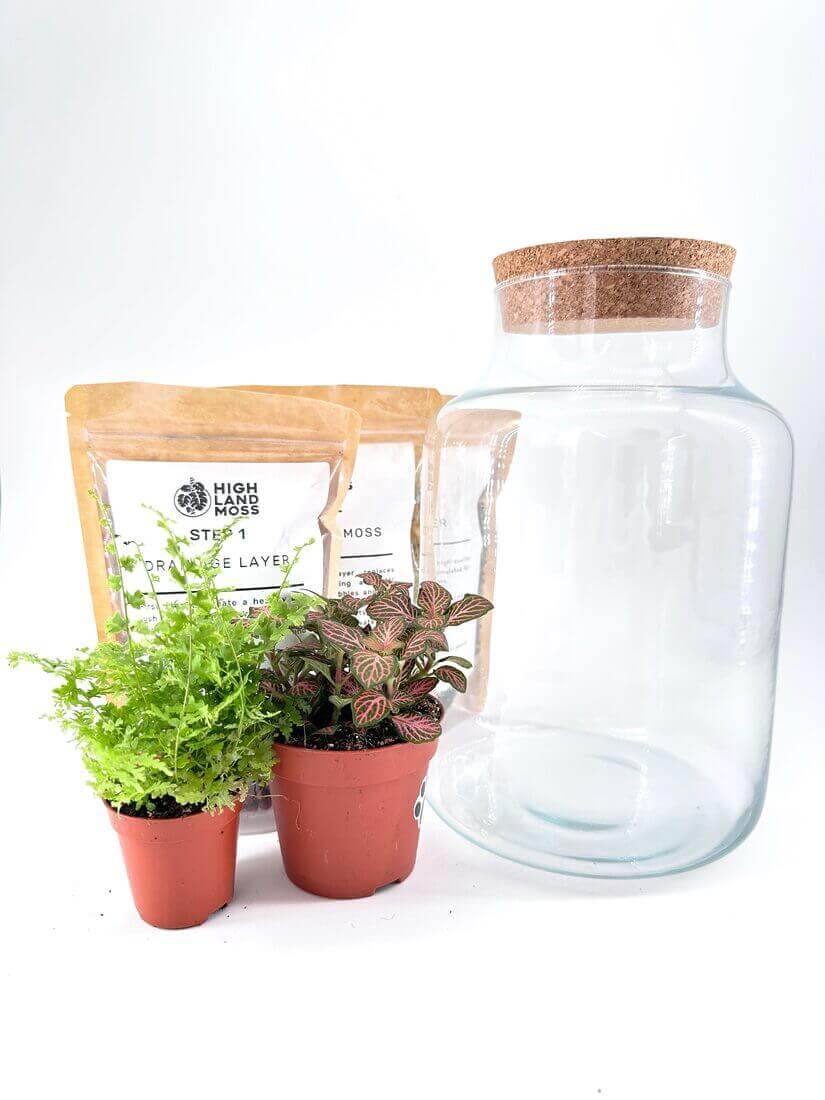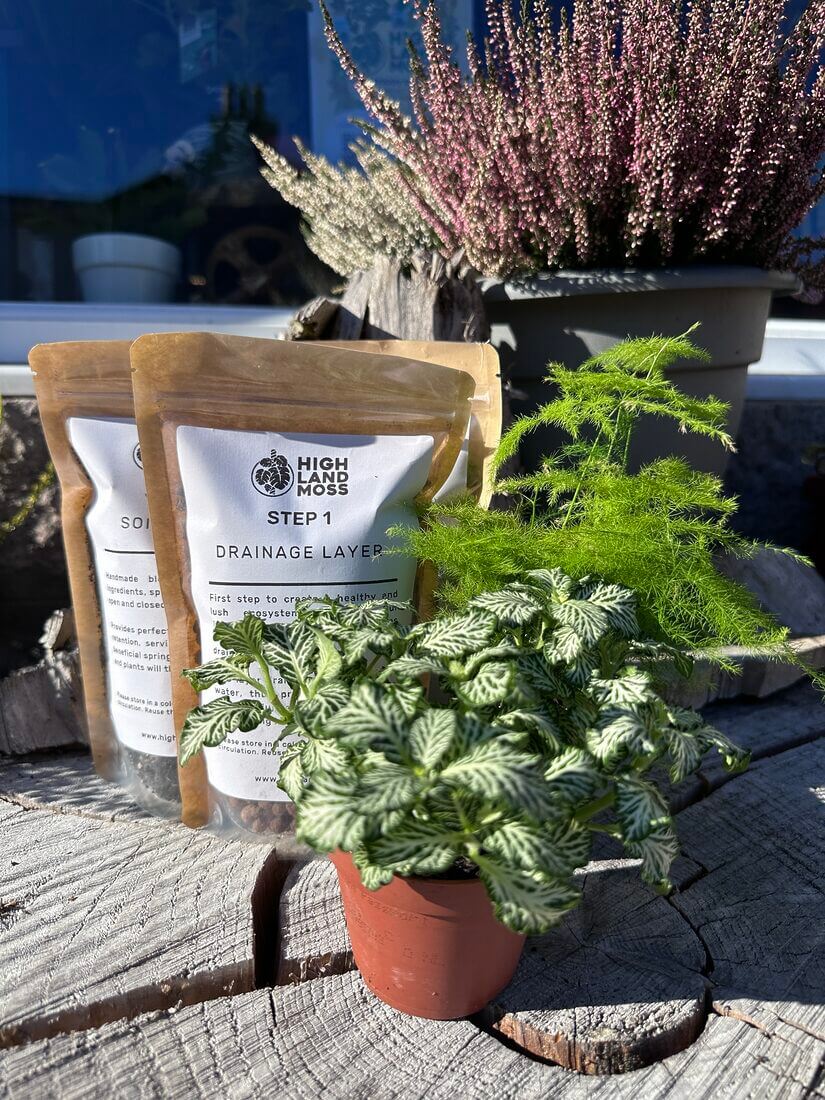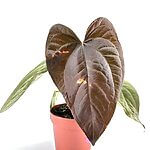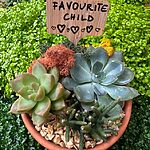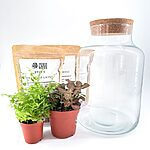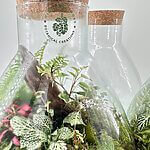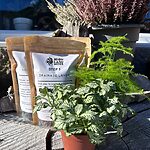Table of Content
- About
- Light
- Humidity
- Water
- Soil
- Pests & Diseases
- Feed
- Pruning & Propagating
- Repotting
- Troubleshooting & Tips
- Toxicity
- Species
- Nepenthes Gaya (Monkey Jars)
- Drosera Capensis
- Dionaea Muscipula (Venus Fly Trap)
- Sarracenia Purpurea (Pitcher Plant)
- Pinguicula (Butterwort)
About
Carnivorous plants definitely fall into the category of weird, wonderful and downright fascinating. Mesmerising houseplant owners of all ages with their striking appearances and fascinating adaptations to capture and feed on insects and small creatures. It is no wonder they have held their popularity for decades.
The best place to start with carnivorous plants is by understanding their natural habitat and how their environment has led them to form such unique adaptations. Carnivorous plants have been on the planet for a long time, around forty million years and have been found on almost every continent and tropical island with Antarctica being the only exception.
Carnivorous plants are typically found in areas that are high in natural light and moisture, as well as water-logged areas like swamps where the nutrients in the soil are virtually non-existent. Many of their strange adaptations have been formed from this lack of nutrients.
All plants need basic nutrients to survive and without them, they don’t stand much of a chance.
Nitrogen and phosphorus are two of the most important nutrients plants need, nitrogen is the main component in chlorophyll which plants use for photosynthesis. The other is phosphorus, which is needed to make this process possible. Plants use phosphorus to take in, store and convert the sun’s rays. Without it, they would be unable to use the sun’s energy to create the biomolecules (proteins, amino acids, DNA) they need to grow and reproduce.
Carnivorous plants have adapted over millions of years to get these essential nutrients from their environment. Unable to get these nutrients from the soil they have formed traps to capture insects and small creatures that are rich in the nutrients they lack.
There are approximately 600 different species that fall into the Carnivorous plant category. These different species have found ways of attracting, trapping, killing, and absorbing their prey purely to extract the nutrients they need for survival.
Most carnivorous plants will use bright colours, distinctive smells, and sticky surfaces to attract insects but there are some key mechanisms that make up the variations of carnivorous plants and most species can be spread across these different hunting strategies
- Snap traps use rapid leaf movement to snap shut and capture their prey.
- Bladder traps suck in their prey with a small internal vacuum.
- Pitfall traps entice prey into a small rolled-up leaf with digestive enzymes.
- Flypaper traps utilize sticky mucus to trap their prey.
- Eel traps use inward-facing hairs to force their prey towards the digestive organ.
Light
The majority of Carnivorous plants require a high level of bright light, including direct sunlight, this helps them to retain the bright red and purple pigments they use to attract insects. The best place to keep these plants is on south-facing window sills where they can soak up as much of the sun’s rays as possible.
There are some exceptions that prefer being kept out of direct sunlight, for example, Nepenthes and Pinguicula varieties will both perform better in indirect sunlight.
Humidity
Humidity is very important to Carnivorous plants as almost all of their natural habitats have an abundance of water and humidity. While ideal temperatures can vary from species to species, high levels of humidity are important for all species and play an important role in helping the plant to develop its traps.
Almost all Carnivorous plants will struggle with the ambient humidity of most homes (40%) and will require a minimum of 60% humidity to perform well. These plants are very well suited to terrariums and this can help reduce some of the difficulty of keeping the humidity level high enough.
Water
Water for Carnivorous plants can be difficult and it is very easy to underestimate how much water these plants need to stay hydrated and happy. Most species will prefer for the soil to be kept continuously wet/waterlogged during the summer months and continually kept damp during the winter when the soil won’t dry out as quickly.
These plants require so much water that during the summer it is easier to keep these plants in a saucer or undertray of water, this will stop them from drying out and keep the humidity levels up.
Soil
Getting the right soil for these plants is crucial! It is very important to remember that these plants are suited to soil with little to no nutrients in them. So using a regular compost mix will contain too many nutrients and minerals and will quickly send your plant into shock which will cause the plant to fail.
It is best to use a Carnivorous plant compost mix which is specifically designed to have little to no nutrients and to retain moisture to keep the plant as happy as possible.
You can make your own potting medium for these plants which is really simple to put together. It consists of two parts Sphagnum moss to one part horticultural sand. For some varieties, you may want to add in one part perlite to add a touch of extra drainage, for example with Nepenthes (Pitcher Plant).
Pests & Diseases
Carnivorous plants are tough and resilient plants but they can still suffer from pests. It is good practice to regularly check your plants for any signs of aphids, red spider mites, mealy bugs, and thrips. By checking regularly, you allow yourself time to prevent a full-blown attack.
The most common pests for Carnivorous plants tend to be fungus gnats due to the soil needing to be kept continuously damp.
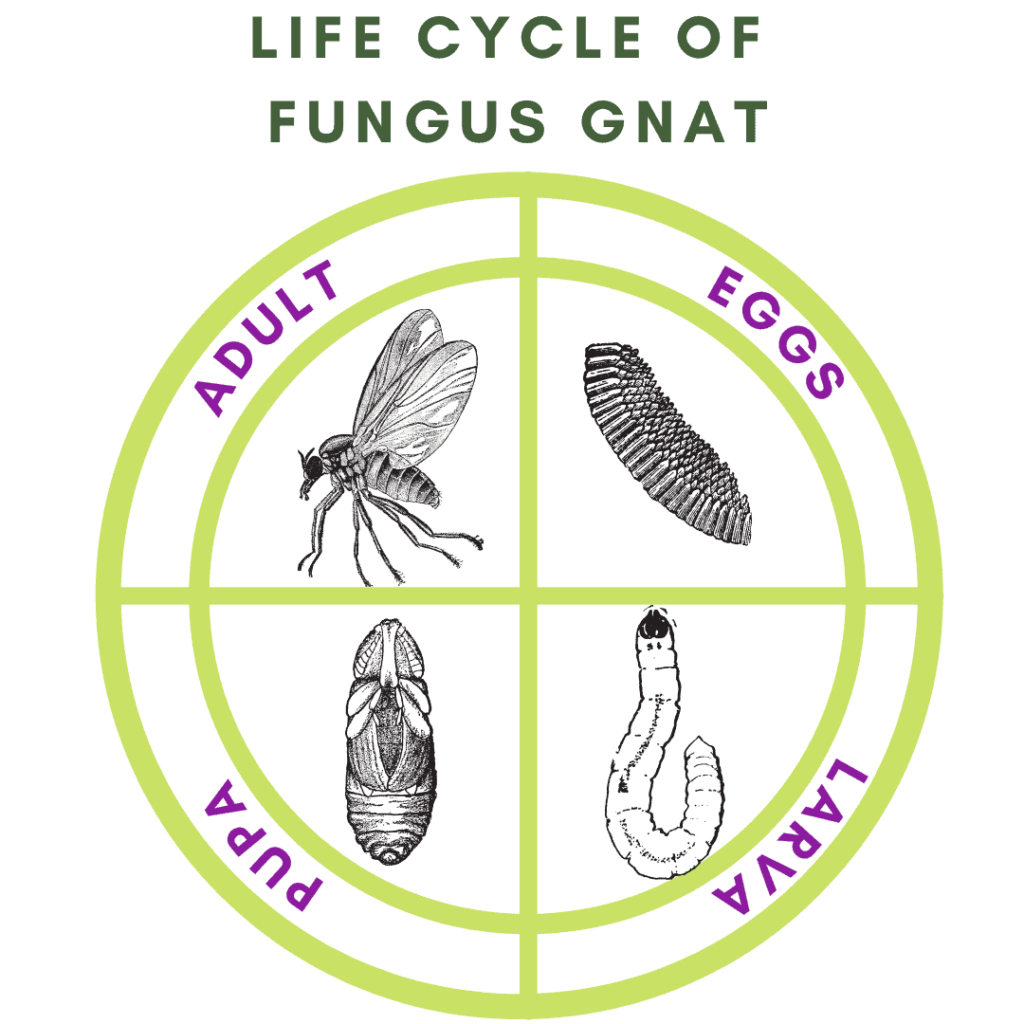
Check our video on homemade pest remedies or head over and read Fungus Gnat Fact Check and Home Remedies how to guide
Feed
As a rule, you should never feed your Carnivorous plant with a liquid feed or any other form of indoor plant food. These plants are incredibly sensitive to excess nutrients which will often cause them to struggle or fail completely.
It is best to leave them to do what they do best and catch their own nutrients. They can be placed outside in the summer months where they are exposed to an abundance of flies and insects and they can gorge to their content.
Pruning & Propagating
When it comes to pruning these plants it will normally only be to remove any dead or blackened leaves. This will help to keep encouraging new growth and stop any plant material from rotting away on the surface of the soil.
Carnivorous plants are fairly easy to propagate from cuttings. The best time to gather cutting material is when the plant is putting on a flush of new growth. It’s best to take a leaf cutting from the outer edges of the plant. You don’t want to pick the oldest leaves on the plant or the youngest. Somewhere in the middle will make the best cutting material.
Submerge your cuttings in a glass of rainwater and wait for up to 4 weeks to start seeing signs of new roots. You will need to regularly change the water to avoid algae. Once you have substantial root growth you can place the cutting into either a Carnivorous compost mix or into a 50-50 mix of sphagnum moss and perlite.
You can also put your cutting straight into a jar with fresh sphagnum moss. This is probably the easiest way to propagate as it involves the least steps. Simply take your cutting, find a jar or pot preferably with no drainage holes, fill it up with fresh moss and nestle your cutting in the centre. Fill up the jar with water so the moss has been evenly watered and then drain out all excess water making sure not to leave any at the bottom of the jar when standing upright. Now keep an eye on your new cutting, checking the moss every day to ensure it hasn’t dried out.
We’ve got all sorts of great moss you can use check them out here
Some Carnivorous plants grow in clumps and form rhizomes so another easy way to propagate these plants is by dividing them.
Dividing Carnivorous plants is a really simple and easy job. Due to their clump-forming nature, the natural division points are clear to see and will often only need a gentle pull to prise them apart. Ensure that each clump has a decent amount of roots attached before pulling it away from the main root ball. With especially large or mature plants it may be tricky to pull these clumps apart as the roots will be tangled, forming a strong bond between clumps. In this case, it is best to use a sterilised sharp knife to cut through the root ball, again ensuring to leave a decent amount of roots on each section you are dividing.
Repotting
Carnivorous plants tend to grow quite slowly and it takes them time to develop new growth and fill their pots. Repotting should really only be done when the plant is heavily root-bound otherwise it’s not really worth the risk of repotting. If you do need to repot your plant it’s best to wait until spring or summer as this will give the plant the best chance of survival.
When repotting only use a specific Carnivorous plant potting mix or a mix of sphagnum moss, horticultural sand and perlite.
Troubleshooting & Tips
- Temperature, light, and humidity requirements can vary heavily between different species. Always check what conditions your plant is most comfortable in.
- The most common killer of carnivorous plants is underwatering.
- If the vibrant colours are fading this is a clear indicator that the plant is not receiving enough direct sunlight to sustain itself.
- Be prepared for fungus gnats as the moisture levels of the soil will be perfect breeding conditions for these pests.
- Do not fertilize these plants, they have adapted to live in low-nutrient environments and will thrive in these conditions.
- Don’t tease your plant, it is very tempting to tickle your fly trap to see it snap, but this uses a significant amount of your plant’s energy with no reward.
Toxicity
All common varieties of carnivorous plants are non-toxic to pets and humans. However coming into contact with the areas that catch or digest prey can be harmful and cause irritation, so best to keep them out of reach.
Species

Nepenthes Gaya (Monkey Jars)
This fascinating tropical plant looks out of this world. It produces a rich maroon-red and off-cream colour pitcher that dangles down from the main plant attached to slender growing stems. The vivid colour attracts insects which drown when they fall into the deep pitcher to slowly be digested.



Drosera Capensis
A great starter plant if you are just getting into Carnivorous plants. This plant produces long thin colourful leaves that are covered in sticky mucilage that looks like water drops sitting on the surface of the leaf. When an insect lands on one of the leaves it quickly curls up trapping the insect while the plant slowly absorbs the nutrients. If you are lucky, in early spring, this plant will produce a pink flower that only lasts less than a day.





Dionaea Muscipula (Venus Fly Trap)
Probably the fan favourite of all carnivorous plants, this one is unmistakable. The opened jaw-like leaves of this plant display bright colours enticing insects closer, as they brush the tiny trigger hairs on the surface of the leaf the jaws snap shut trapping their prey inside. A truly mesmerising plant to watch grow and mature and definitely worth keeping around in the summer to deter insects and other pests.





Pinguicula (Butterwort)
This incredible plant produces what looks like a delicate red, pink, or blue flower that sits above the plant on a slim stem, giving it the appearance of a great place to gather some nectar. But this flower is not what it seems and is in fact a trap that is laced with sticky mucilage that traps insects. This variety likes to be kept in more tropical conditions and will thrive better with all-year-round higher temperatures.
Sarracenia Purpurea (Pitcher Plant)
The purple pitcher plant has much shorter and wider pitchers compared to other varieties of Sarracenia. This plant produces deep burgundy-coloured traps that are used to entice and trap their prey. Sarracenia is one of the hardiest varieties of Carnivorous plants being able to tolerate temperatures down to -5°C, depending on your climate they could probably spend most of their time outside.





If you enjoyed this guide head over to Articles & Blogs to learn more or check out our YouTube for even more useful information!




